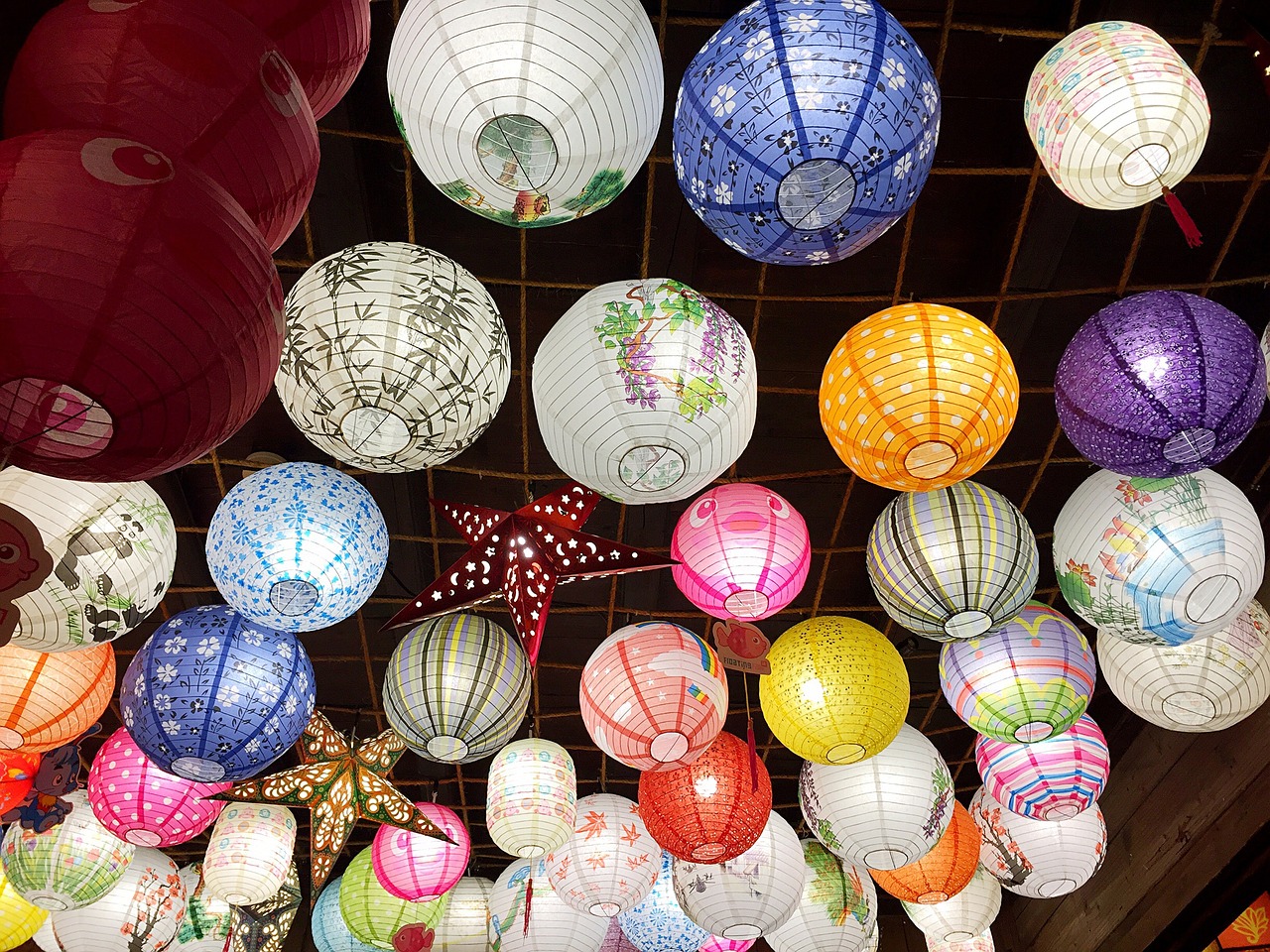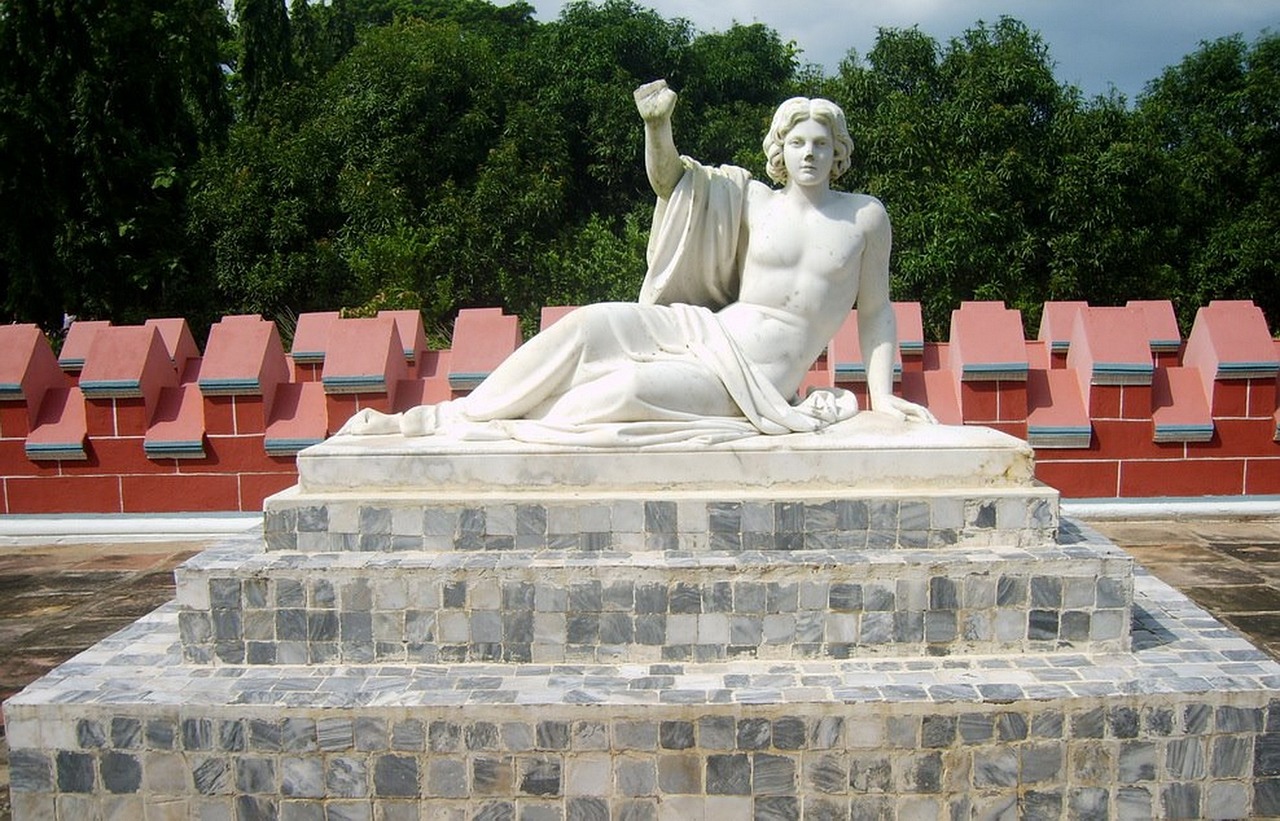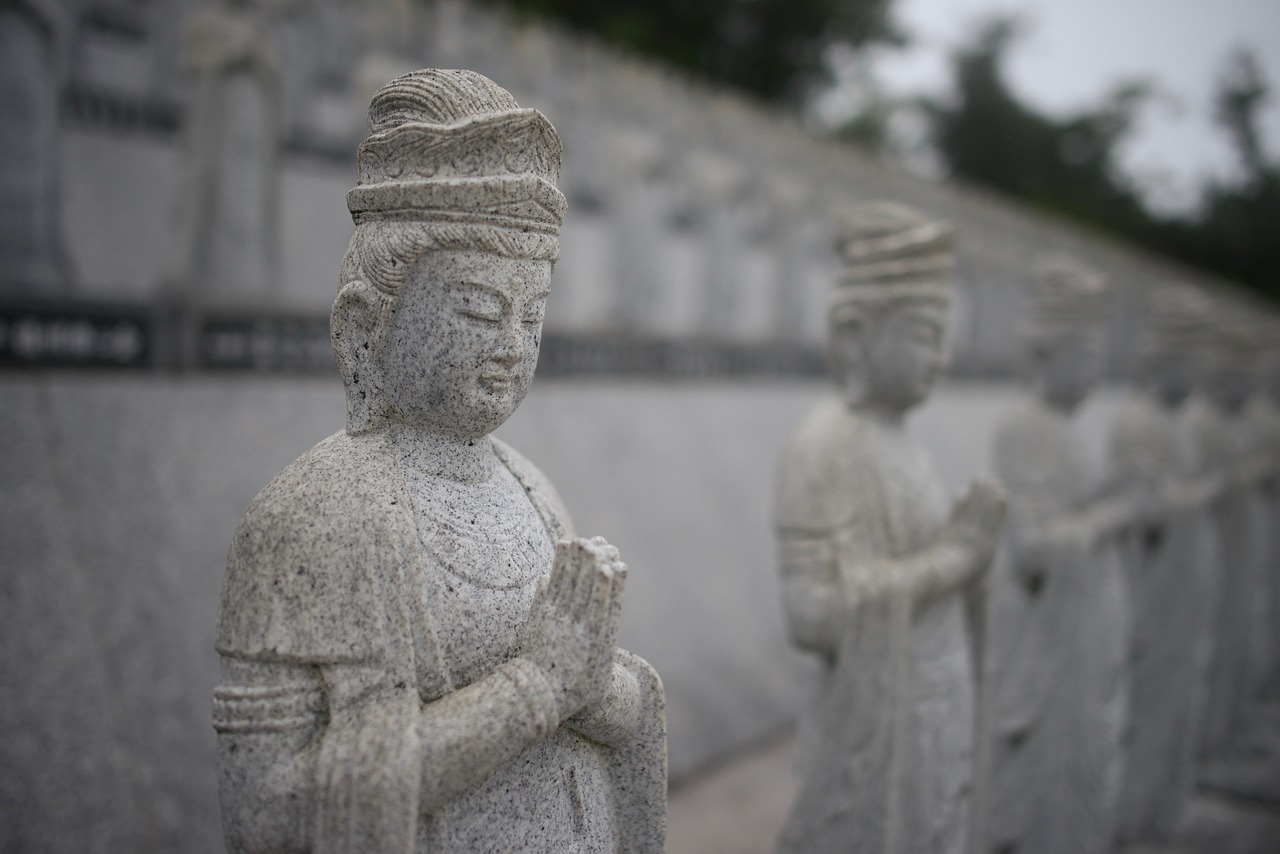This article delves into the vibrant traditional festivals of West Bengal, showcasing their cultural significance, unique customs, and the rich experiences they offer to both locals and visitors. Festivals in this region are not merely events; they are a profound expression of the community’s identity and heritage.
Understanding the Cultural Significance of Festivals
Festivals in West Bengal are deeply intertwined with the region’s history and culture. They reflect the rich traditions and beliefs of its people, making them essential to the community’s identity. These celebrations foster a sense of belonging and unity, allowing individuals to connect with their roots and each other.
Durga Puja: The Grandest Festival
Among the myriad of festivals, Durga Puja stands out as the most celebrated. This festival honors the goddess Durga and showcases elaborate rituals, artistic pandals, and a vibrant community spirit that unites people from all walks of life.
- History of Durga Puja: The origins date back to ancient times, evolving over centuries into a grand celebration symbolizing the victory of good over evil.
- Rituals and Traditions: Intricate ceremonies, including idol immersion, signify the goddess’s return to her heavenly abode.
- Community Involvement: Local neighborhoods come together to organize festivities, enhancing social cohesion and cultural exchange.
Poila Baisakh: Bengali New Year
Poila Baisakh marks the Bengali New Year, celebrated with vibrant festivities, traditional foods, and cultural performances, symbolizing renewal and hope for prosperity.
- Traditions and Celebrations: The day includes rituals like the opening of new account books and the preparation of special dishes.
- Culinary Delights: Traditional dishes such as panta bhat and ilish maach highlight the region’s rich culinary heritage.
Other Notable Festivals
West Bengal hosts a variety of other festivals, each with its unique charm and significance, from Saraswati Puja, celebrating knowledge, to Kali Puja, symbolizing empowerment.
Conclusion: The Essence of Festivals in West Bengal
The traditional festivals of West Bengal are a vibrant expression of cultural identity, fostering community bonds and preserving age-old customs that continue to thrive in modern society. These celebrations not only honor the past but also pave the way for future generations to cherish their rich heritage.

Understanding the Cultural Significance of Festivals
Festivals in West Bengal are not merely occasions for celebration; they are a vibrant tapestry woven from the region’s history, traditions, and cultural beliefs. These festivals reflect the soul of the community, serving as a medium through which people express their values, emotions, and collective identity. Each festival is a celebration of life, marking the passage of time and the changing seasons, while also honoring deities and ancestors.
The significance of these festivals extends beyond mere festivities. They provide an opportunity for communities to come together, fostering social bonds and enhancing cultural exchange. For instance, during Durga Puja, neighborhoods unite to create intricate pandals and participate in rituals, reinforcing a sense of belonging and shared purpose. This collective involvement strengthens community ties and preserves cherished traditions.
Moreover, festivals often serve as a platform for artistic expression. Local artisans showcase their skills through elaborate decorations, traditional music, and dance performances, enriching the cultural landscape of West Bengal. These artistic displays not only entertain but also educate younger generations about their heritage, ensuring that the rich legacy of the past is passed down.
In addition to their cultural significance, festivals in West Bengal are also a time for renewal and hope. Celebrations like Poila Baisakh, the Bengali New Year, symbolize new beginnings and the promise of prosperity. Such themes resonate deeply with the agricultural roots of the region, highlighting the connection between the people and their land.
In conclusion, the festivals of West Bengal are a profound reflection of the region’s identity. They encapsulate the rich traditions and beliefs of its people, making them essential to the community’s fabric. As these celebrations continue to thrive, they not only honor the past but also pave the way for a vibrant cultural future.
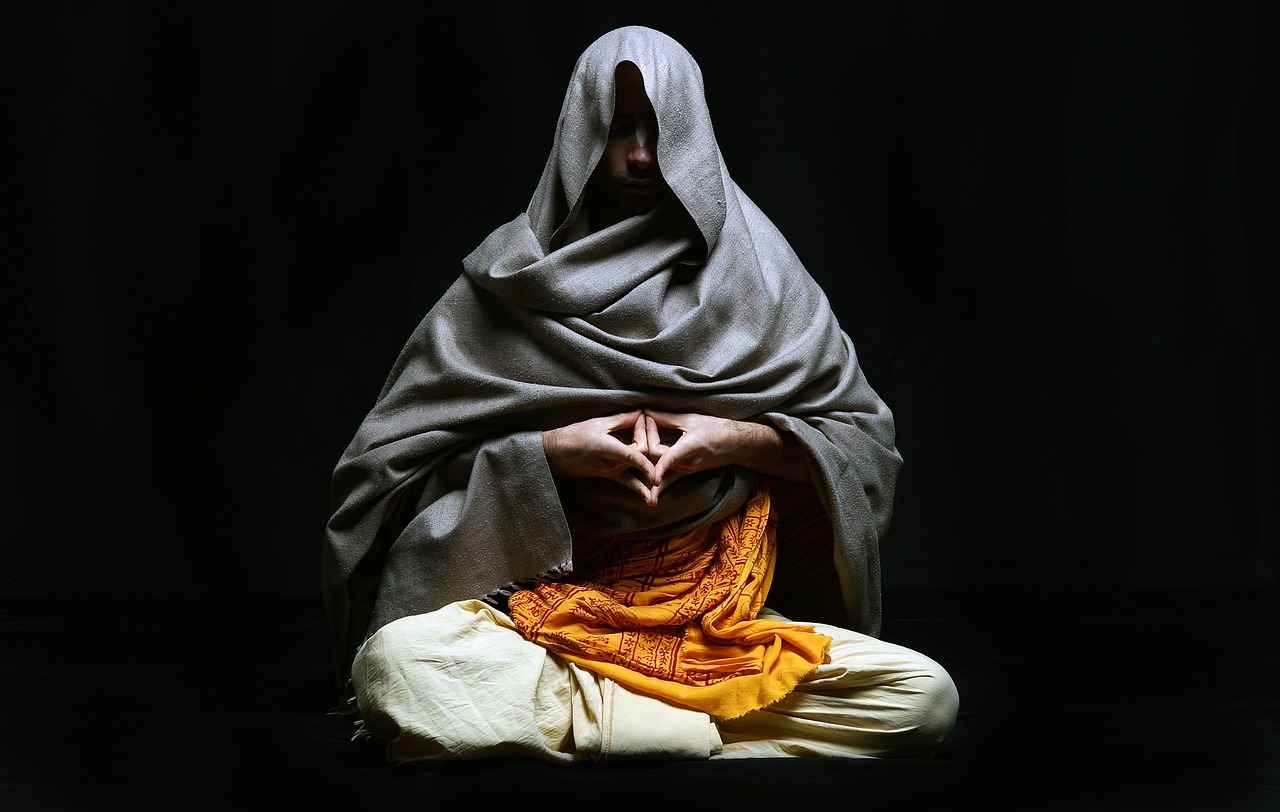
Durga Puja: The Grandest Festival
Durga Puja is not merely a festival; it is an extravaganza that encapsulates the spirit and culture of West Bengal. Celebrated annually, this grand occasion honors the goddess Durga, symbolizing the victory of good over evil. The festival attracts millions of devotees and tourists alike, creating a vibrant atmosphere filled with joy, devotion, and artistic expression.
As the festival approaches, cities and towns transform into a kaleidoscope of colors and creativity. Elaborate pandals (temporary structures) are constructed, each showcasing unique themes and artistic designs. These pandals serve as the focal point for the celebrations, where visitors can admire intricate sculptures and decorations that reflect the rich cultural heritage of Bengal.
The rituals of Durga Puja are deeply rooted in tradition, beginning with Mahalaya, which marks the arrival of the goddess. The main festivities, lasting for five days, include various ceremonies such as anjali (offering prayers) and bhog (ritualistic food offerings). The culmination of the festival is the immersion ceremony, where the idols of Durga are immersed in water, symbolizing her return to her celestial abode.
Community spirit is at the heart of Durga Puja. Local neighborhoods come together to organize the festivities, fostering a sense of unity and collaboration. This collective effort strengthens social bonds, making the festival a true celebration of togetherness. People from diverse backgrounds participate, showcasing the inclusive nature of the event.
Beyond Kolkata, Durga Puja is celebrated with distinct local flavors across various districts of West Bengal. Each region brings its own customs and traditions, enriching the overall tapestry of the festival. From traditional music to dance performances, the celebrations offer a glimpse into the vibrant culture of Bengal.
In conclusion, Durga Puja is a magnificent festival that goes beyond mere religious observance. It is a celebration of life, culture, and community, making it the grandest festival in West Bengal. The festival not only honors the goddess Durga but also strengthens the bonds of community, showcasing the rich traditions that continue to thrive in modern society.
History of Durga Puja
The is a fascinating journey that reflects the rich tapestry of Indian culture, particularly in the state of West Bengal. Its origins can be traced back to ancient rituals and traditions, where the worship of the goddess Durga was primarily a local affair, celebrated in various forms across different regions. Over the centuries, this celebration has evolved significantly, transforming into a grand festival that attracts millions of devotees and tourists alike.
Initially, the worship of Durga was a simple household ritual. However, during the 19th century, the festival began to gain prominence, largely due to the efforts of influential figures like Raja Nabakrishna Deb, who organized public celebrations in Kolkata. This marked a pivotal shift from private worship to community engagement, making Durga Puja a symbol of unity and collective spirit. The festival became an occasion for people from various backgrounds to come together, fostering a sense of belonging and camaraderie.
As the years progressed, the festival saw the introduction of elaborate pandals (temporary structures), intricate idol designs, and vibrant cultural performances. Each year, themes are chosen that often reflect contemporary social issues, art, and literature, making the festival not only a religious observance but also a cultural exhibition. The immersion of the idol in water at the end of the festival symbolizes the return of the goddess to her celestial abode, encapsulating the cycle of life and nature.
Today, Durga Puja stands as a testament to the triumph of good over evil, deeply embedded in the local culture and identity of West Bengal. It is more than just a festival; it is a celebration of life, creativity, and community spirit that continues to evolve while honoring its ancient roots.
Rituals and Traditions
The Durga Puja festival is a spectacular showcase of rituals that embody the rich cultural tapestry of West Bengal. Among the most significant aspects of these rituals is the idol immersion, which takes place on the final day of the festival. This poignant ceremony symbolizes the goddess Durga’s return to her celestial home after her annual visit to Earth. As devotees bid farewell to the goddess, the atmosphere is filled with a mix of joy and melancholy, illustrating the deep emotional connection the community has with the divine.
Throughout the festival, a series of intricate ceremonies unfold, each designed to honor the goddess and invoke her blessings. These rituals often begin with the Bodhon, where the idol is ceremonially awakened, followed by the Chokkhu Daan, the ritual of opening the eyes of the idol, which signifies the goddess coming to life. Each day of the festival features different rituals, including Sandhi Puja, which marks the transition from the eighth to the ninth day, and is considered highly auspicious.
In addition to the spiritual ceremonies, Durga Puja is renowned for its cultural performances. Traditional dances, music, and theatrical presentations are held in pandals, enhancing the festive atmosphere and allowing for community participation. Local artists and performers showcase their talents, celebrating the rich heritage of Bengal through their art. This cultural exchange not only entertains but also strengthens community bonds, as people come together to appreciate and support each other’s talents.
Moreover, the festival is a time for social gatherings. Families and friends reunite, share meals, and partake in the festivities, creating a sense of unity and belonging. The vibrant decorations, lights, and the aroma of traditional foods fill the air, creating an unforgettable experience for both locals and visitors alike. As the festival draws to a close, the immersion of the idols serves as a reminder of the cyclical nature of life, reinforcing the themes of renewal and rebirth that are central to the celebration.
Community Involvement
is a cornerstone of the Durga Puja festival, embodying the spirit of unity and collaboration among the local populace. This grand celebration goes beyond mere religious observance; it serves as a vital platform for fostering social ties and cultural exchange among diverse groups within West Bengal.
The festival acts as a catalyst for community bonding, as neighborhoods come together to organize various aspects of the festivities. From the construction of elaborate pandals to the orchestration of cultural performances, every detail is a collective effort that strengthens the sense of belonging among residents. This collaboration not only enhances the festive atmosphere but also encourages participation from people of all ages and backgrounds.
Moreover, the involvement in Durga Puja promotes a sense of responsibility and pride among community members. Local artisans, craftsmen, and performers are often engaged in the preparation, showcasing their talents and contributing to the preservation of traditional art forms. This engagement fosters a vibrant cultural exchange, allowing individuals to learn from one another and appreciate their unique heritages.
The festival also encourages volunteering and charitable activities, as many communities organize food drives, health camps, and educational programs during this time. This aspect of Durga Puja highlights the importance of giving back to the community, reinforcing the idea that the festival is not just a celebration but also a means of uplifting those in need.
In conclusion, the community involvement during Durga Puja is a powerful testament to the strength of social cohesion in West Bengal. It exemplifies how a festival can transcend its religious origins to become a unifying force that brings people together, fosters cultural exchange, and enriches the community fabric.
Celebrations Across West Bengal
Beyond Kolkata, the festival of Durga Puja is a vibrant celebration that varies significantly across different districts of West Bengal. Each region adds its own unique local flavors, customs, and practices, enriching the overall tapestry of this grand festival. The diversity in celebrations not only highlights the cultural richness of the state but also fosters a sense of unity among its people.
- District Celebrations: In districts like Howrah and Birbhum, local communities engage in traditional rituals that reflect their unique heritage. For instance, in Birbhum, the celebration often includes folk music and dance, showcasing the region’s artistic talents.
- Idol Immersion: The idol immersion ceremony varies across regions, with some areas featuring spectacular processions that attract hundreds of participants. In Murshidabad, the immersion is marked by boat processions on the river, creating a picturesque scene.
- Culinary Traditions: Each district offers its own culinary specialties during the festival. In North Bengal, for example, traditional dishes like shorshe ilish are prepared, highlighting the region’s gastronomic diversity.
- Local Artisans: The involvement of local artisans is significant in districts such as Kolkata and Koch Bihar, where they create intricate decorations and pandals that reflect the local culture and traditions.
These unique local celebrations not only enhance the festive spirit but also promote cultural exchange among communities. The shared joy and enthusiasm during Durga Puja foster a sense of belonging and pride among the participants, making it a truly inclusive festival.
In conclusion, the celebrations of Durga Puja across West Bengal are a testament to the state’s rich cultural heritage. Each district contributes its own essence to the festival, creating a mosaic of traditions that captivates both locals and visitors alike.
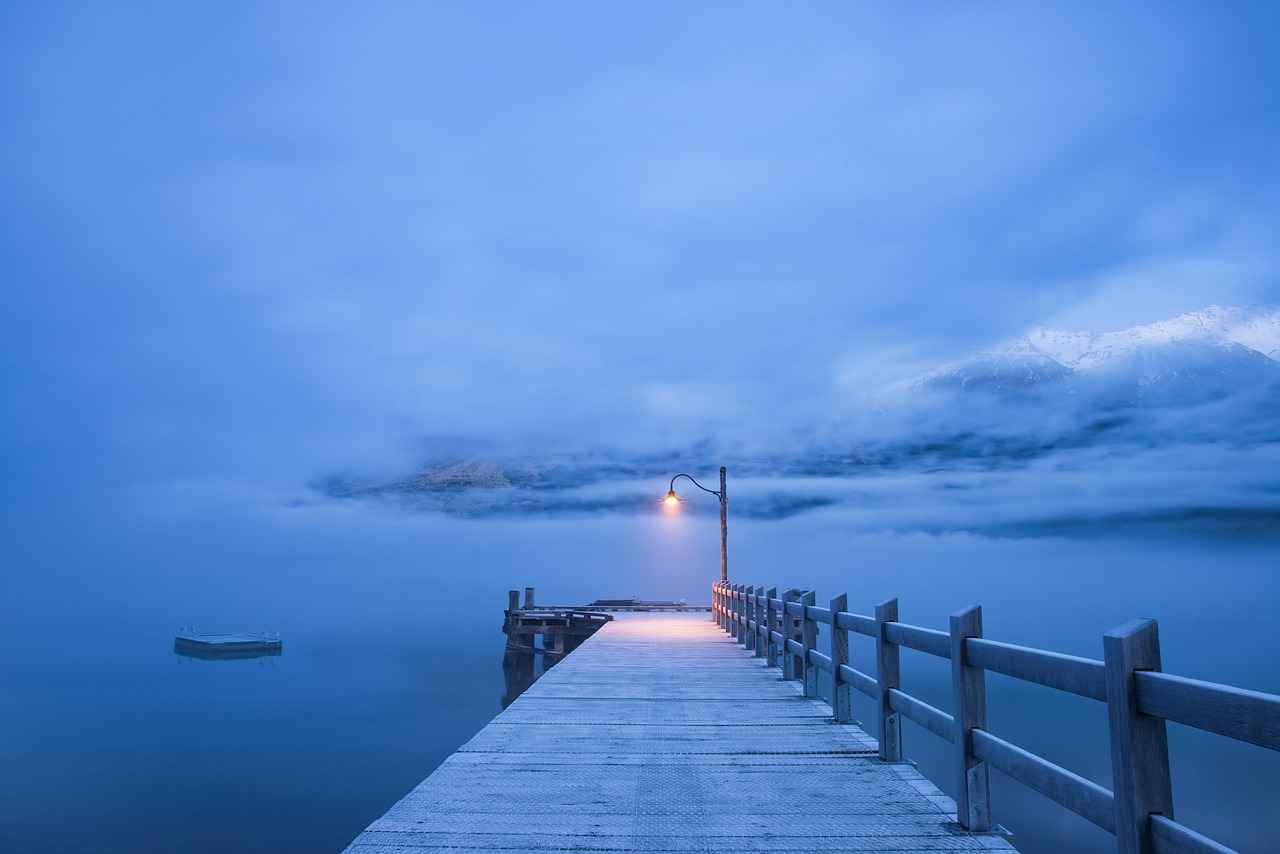
Poila Baisakh: Bengali New Year
Poila Baisakh, the Bengali New Year, is a vibrant celebration that marks the beginning of the agricultural year and is steeped in rich traditions and cultural significance. This festive occasion, celebrated on the first day of the Bengali month of Baisakh, brings together families and communities in joyous revelry, symbolizing renewal and the hope for prosperity in the year ahead.
The festivities of Poila Baisakh are characterized by colorful processions, traditional music, and dance performances that reflect the diverse cultural heritage of Bengal. Streets are adorned with beautiful decorations, and people dress in new clothes to signify a fresh start. The day often begins with the ritualistic opening of new account books (halkhata), a practice that underscores the importance of financial prosperity and business in Bengali culture.
On this special day, families come together to partake in various rituals. The preparation of traditional dishes is central to the celebrations, with meals featuring delicacies like panta bhat (fermented rice) and ilish maach (hilsa fish), which are not just culinary delights but also a way to honor the region’s agricultural roots. These dishes are often shared among family and friends, fostering a sense of community and togetherness.
Poila Baisakh is not merely a celebration of the new year; it is a time for reflection and renewal. It serves as a reminder of the values of community, tradition, and the importance of family ties. The festival brings people together, encouraging them to set new goals and aspirations for the coming year, thus reinforcing the cultural identity of the Bengali people.
In recent years, Poila Baisakh has gained international recognition, with celebrations organized in various parts of the world where Bengali communities reside. These events often feature cultural programs that showcase traditional music, dance, and art, allowing the diaspora to connect with their roots and share their rich heritage with others.
In conclusion, Poila Baisakh is a joyous occasion that encapsulates the spirit of the Bengali people. It is a festival that not only marks the start of a new year but also emphasizes the importance of cultural traditions, community bonding, and the hope for a prosperous future.
Traditions and Celebrations
The celebration of Poila Baisakh, the Bengali New Year, is a time of joy and renewal, deeply embedded in the cultural fabric of West Bengal. This significant day is marked by a series of traditional rituals that not only honor the agricultural heritage of the region but also symbolize the hope for a prosperous year ahead.
One of the most important rituals is the opening of new account books, known as Haal Khata, which signifies a fresh start for businesses. This practice reflects the entrepreneurial spirit of the Bengali people, as merchants and shopkeepers invite customers to participate in this auspicious occasion. The new account books are often adorned with mango leaves and flowers, symbolizing prosperity and good fortune.
In addition to financial rituals, the day is also celebrated with the preparation of special dishes. Families come together to cook traditional foods that highlight the region’s rich culinary heritage. Dishes such as panta bhat (fermented rice) and ilish maach (hilsa fish) are commonly enjoyed, showcasing the unique flavors of Bengali cuisine. These meals are not just about sustenance; they are a way to strengthen family bonds and share happiness with loved ones.
- Community Gatherings: Poila Baisakh is also a time for community gatherings, where people come together to celebrate through music, dance, and cultural performances. Local fairs and events bring vibrancy to the streets, fostering a sense of unity among residents.
- Traditional Music and Dance: Folk songs and dances are performed, reflecting the rich artistic traditions of Bengal. These performances are a joyous expression of the community’s identity and heritage.
The essence of Poila Baisakh lies in its ability to bring people together, celebrating not only the arrival of a new year but also the enduring spirit of Bengali culture. As families and communities engage in these time-honored traditions, they reinforce their connections to the past while looking forward to a future filled with hope and prosperity.
Culinary Delights of Poila Baisakh
Poila Baisakh, the Bengali New Year, is not only a time for celebration but also a significant occasion for culinary exploration. The festivities are marked by a rich tapestry of traditional foods that reflect the cultural heritage of West Bengal. Food is an integral part of the celebrations, symbolizing abundance and the joy of togetherness.
During Poila Baisakh, families gather to prepare and share a variety of dishes that hold special meaning. One of the most beloved dishes is panta bhat, which is fermented rice soaked in water, often enjoyed with fried hilsa fish (ilish maach) and a side of green chilies and onion. This simple yet flavorful meal represents the agricultural roots of Bengali culture and the importance of rice in the region’s diet.
- Panta Bhat: A staple dish that symbolizes the start of the new year, celebrated for its refreshing taste.
- Ilis Maach: Known as the king of fish, this delicacy is often prepared with mustard sauce or simply fried, showcasing its rich flavor.
- Chingri Malai Curry: A luxurious prawn curry made with coconut milk, adding a touch of festivity to the meal.
- Shorshe Ilish: Hilsa fish cooked in mustard paste, a must-have for many Bengali families during the celebrations.
Moreover, desserts also play a vital role in the festivities. Sweets like mishti doi (sweetened yogurt) and roshogolla are commonly served, symbolizing sweetness in life and the joy of new beginnings. These dishes not only tantalize the taste buds but also evoke feelings of nostalgia and familial bonds.
In essence, the culinary delights of Poila Baisakh go beyond mere sustenance. They embody the spirit of community, tradition, and celebration, reminding everyone of the importance of sharing meals with loved ones during this auspicious time.
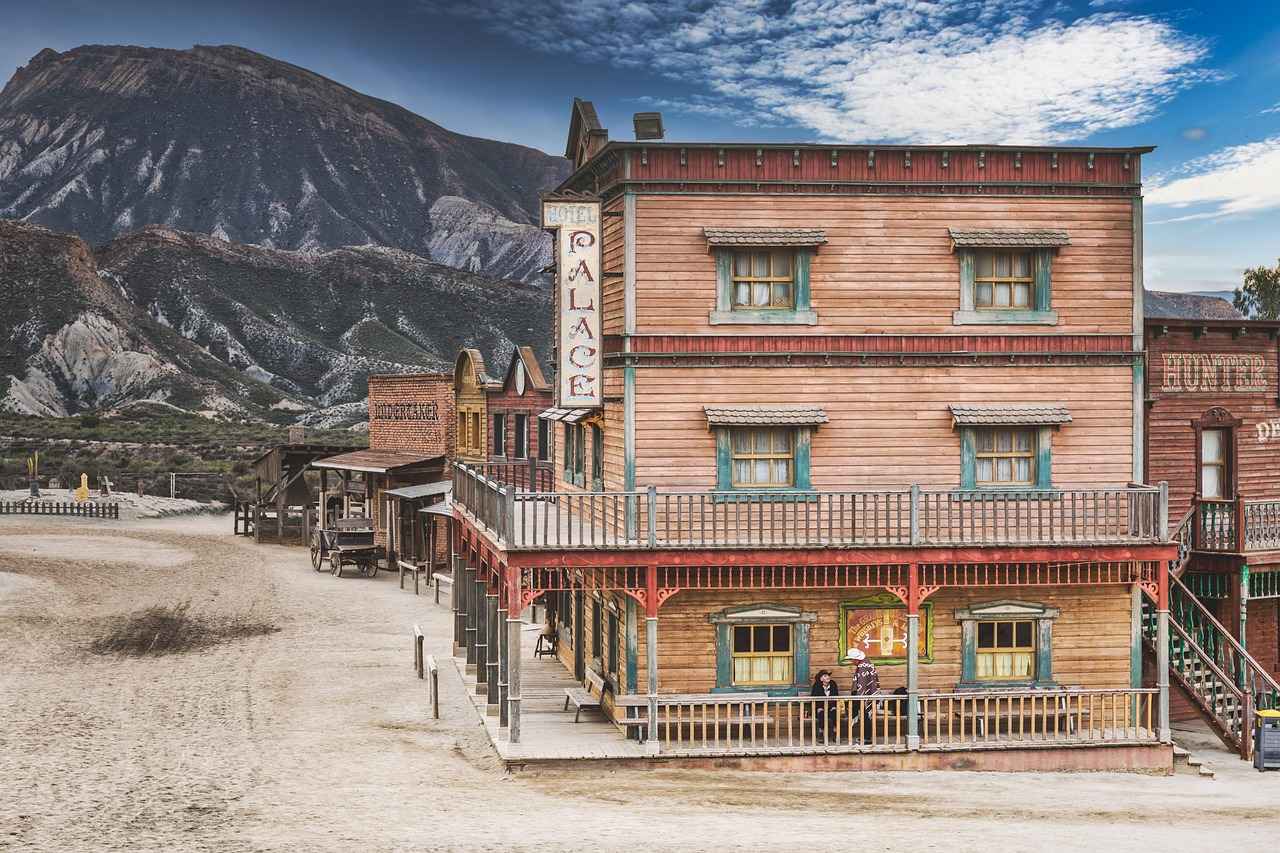
Other Notable Festivals
West Bengal is a state rich in cultural diversity, and its festivals are a testament to this vibrant heritage. Among the many celebrated events, Saraswati Puja and Kali Puja stand out, each offering unique experiences that reflect the values and traditions of the Bengali people.
Saraswati Puja is dedicated to Saraswati, the goddess of knowledge, music, and art. This festival is particularly significant for students and artists, who seek her blessings for wisdom and creativity.
- Timing: The festival is usually celebrated on the Vasant Panchami day, marking the onset of spring.
- Rituals: Devotees place books, musical instruments, and art supplies near the idol of Saraswati, symbolizing the pursuit of knowledge.
- Celebration: The day is filled with cultural programs, including music and dance, showcasing the talents of the youth.
Kali Puja is another significant festival, celebrated with great fervor, especially in Kolkata. This festival honors Goddess Kali, representing the fierce and protective aspect of the divine feminine.
- Timing: Kali Puja coincides with the new moon night in the month of Kartik, usually around October or November.
- Rituals: The festival involves intricate rituals, including animal sacrifices and offerings of flowers and sweets, aimed at appeasing the goddess.
- Atmosphere: Streets are adorned with lights and decorations, creating a mystical ambiance that draws thousands of devotees.
The festivals of Saraswati Puja and Kali Puja are not just religious observances; they are vital in fostering community spirit and cultural identity. They bring together people from various backgrounds, promoting harmony and collective celebration.
In conclusion, the festivals of West Bengal, particularly Saraswati Puja and Kali Puja, are a vibrant reflection of the state’s rich cultural tapestry. They offer a glimpse into the values and traditions that define Bengali society, making them essential to the region’s identity.
Saraswati Puja: Celebrating Knowledge
Saraswati Puja is a revered festival in West Bengal that celebrates the goddess of knowledge, music, art, and wisdom, Saraswati. This festival holds a special place in the hearts of students, artists, and scholars, emphasizing the value of education and creativity in Bengali culture. Typically observed in January or February, it marks an auspicious day for seeking blessings for academic success and artistic endeavors.
The essence of Saraswati Puja lies in its rituals and customs. On this day, devotees create a serene ambiance by decorating their homes and educational institutions with flowers and traditional motifs. The centerpiece of the celebration is the idol of Goddess Saraswati, which is adorned with beautiful garments and jewelry. Devotees offer fruits, sweets, and flowers to the goddess, seeking her blessings for wisdom and enlightenment.
- Preparation for the Puja: In the days leading up to the festival, students often prepare by cleaning their study areas and setting up altars adorned with books, musical instruments, and art supplies.
- Rituals: The main rituals include prayer, chanting of hymns, and the offering of sweets to the goddess. The immersion of the idol in water at the end of the day symbolizes the return of Saraswati to her celestial abode.
- Community Celebrations: Schools and colleges often organize group celebrations, which foster a sense of community and shared purpose among students.
Saraswati Puja is not just a religious observance; it is a cultural event that highlights the significance of education and the arts in West Bengal’s societal framework. As students and artists come together to celebrate, they reaffirm their commitment to knowledge and creativity, making this festival a vital part of their identity.
In conclusion, Saraswati Puja serves as a reminder of the importance of learning and creativity in shaping a better future. It is a day when the community unites in reverence, celebrating the divine presence of knowledge and art in their lives.
Kali Puja: A Night of Devotion
Kali Puja is a significant festival celebrated primarily in West Bengal, coinciding with the new moon night. This festival is dedicated to Goddess Kali, who embodies the fierce and protective aspects of femininity. The celebration is marked by elaborate rituals, vibrant decorations, and a deep sense of devotion among the worshippers.
The essence of Kali Puja lies in its symbolism of empowerment and the triumph of light over darkness. Devotees believe that by honoring Kali, they can overcome personal and societal challenges, making it a night of both spiritual and emotional significance. The rituals often include offerings of fruits, sweets, and flowers, which are laid before the idol of the goddess, accompanied by the chanting of sacred mantras.
As the night progresses, the atmosphere transforms into one of intense devotion. Temples and homes are illuminated with candles and lamps, creating a mesmerizing ambiance that reflects the struggle against ignorance and evil. The sound of dhak (traditional drums) fills the air, urging participants to engage in dance and celebration, further enhancing the communal spirit of the occasion.
One of the most striking features of Kali Puja is the community involvement. Neighbors come together to organize the festivities, which fosters a sense of unity and cultural pride. The festival is not just a personal observance but a communal celebration that strengthens social bonds and encourages cultural exchange.
In conclusion, Kali Puja is a profound reflection of the cultural and spiritual ethos of West Bengal. It serves as a reminder of the importance of resilience and the continuous battle against darkness in all forms. The festival not only honors the goddess but also empowers the community, making it a cherished tradition that resonates deeply with its participants.

Conclusion: The Essence of Festivals in West Bengal
The traditional festivals of West Bengal are a vibrant expression of cultural identity, fostering community bonds and preserving age-old customs that continue to thrive in modern society. These festivals not only celebrate religious beliefs but also serve as a platform for showcasing the region’s rich heritage and artistic expressions.
West Bengal’s festivals are a melting pot of traditions, where the past meets the present. They are deeply intertwined with the agricultural calendar, marking significant seasonal changes and agricultural practices. The people of West Bengal engage in these celebrations with great enthusiasm, which strengthens community ties and promotes social harmony.
One of the most notable aspects of these festivals is their diversity. Each festival has its unique rituals and customs that reflect the local culture and history. For example, during Durga Puja, elaborate pandals are constructed, and artistic performances are held, showcasing the creativity and dedication of the local communities. This festival not only honors the goddess Durga but also acts as a unifying force, bringing together people from different backgrounds to celebrate.
Moreover, festivals like Poila Baisakh, the Bengali New Year, symbolize renewal and hope. Families gather to enjoy traditional foods and participate in various cultural activities, reinforcing the importance of togetherness and shared heritage. Other festivals, such as Saraswati Puja and Kali Puja, further enrich the cultural tapestry, each emphasizing different aspects of life, knowledge, and devotion.
In conclusion, the traditional festivals of West Bengal are not merely events on a calendar; they are a reflection of the region’s soul. They encapsulate the essence of community, tradition, and cultural pride, ensuring that these vibrant customs continue to thrive in the modern world.
Frequently Asked Questions
- What is the significance of Durga Puja in West Bengal?
Durga Puja is not just a festival; it’s a grand celebration of life, culture, and community. It symbolizes the victory of good over evil and showcases the artistic and spiritual richness of Bengal. The entire community comes together to honor the goddess Durga, making it a time of unity and joy.
- How is Poila Baisakh celebrated?
Poila Baisakh, the Bengali New Year, is celebrated with vibrant festivities, including traditional foods, cultural performances, and rituals like the opening of new account books. It’s a time for renewal and hope, where families gather to share special dishes and blessings for prosperity.
- What other festivals are celebrated in West Bengal?
West Bengal is home to several other notable festivals, including Saraswati Puja, which celebrates knowledge and creativity, and Kali Puja, dedicated to the goddess Kali. Each festival holds unique customs and traditions, enriching the cultural landscape of the state.
- How do festivals foster community spirit?
Festivals in West Bengal, like Durga Puja, create a sense of belonging and togetherness. Local neighborhoods unite to organize events, share resources, and celebrate traditions, promoting social cohesion and cultural exchange among diverse groups.
- What role does food play in these festivals?
Food is central to the celebrations, with traditional dishes like panta bhat and ilish maach being shared among families and friends. These culinary delights not only highlight the region’s rich heritage but also strengthen bonds as people come together to enjoy meals.
